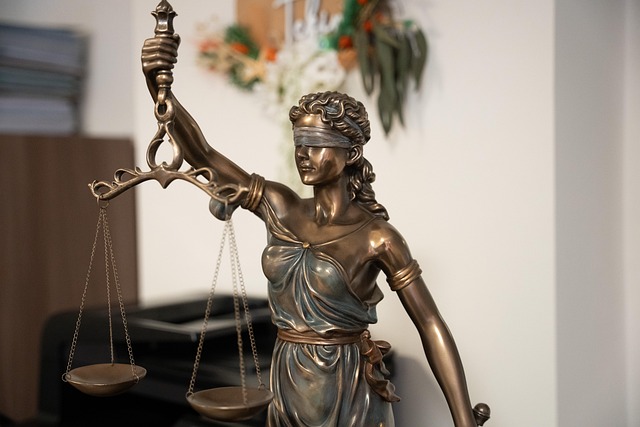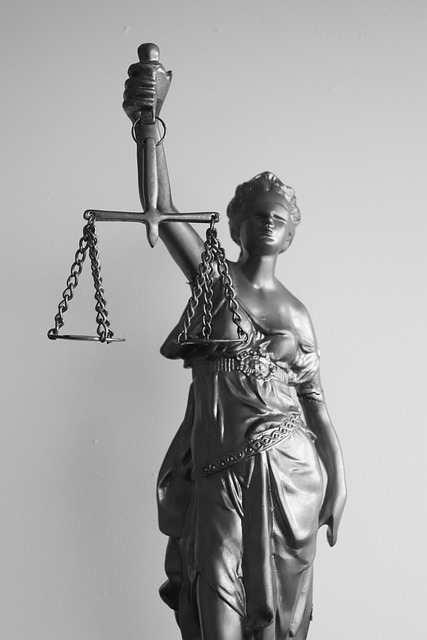Uncovering Corporate Fraud: Evidence Unlocks Criminal Intent

Corporate crime investigations rely on meticulous evidence collection, including financial records,…….
In the intricate web of criminal justice systems worldwide, establishing criminal intent is a cornerstone of successful prosecution. The role of evidence in this process is pivotal, acting as the linchpin that connects an accused person to a crime. This article delves into the multifaceted aspect of how evidence contributes to proving or disproving criminal intent, exploring its historical evolution, global impact, and future trajectory. By examining various dimensions, we aim to provide a comprehensive understanding of why evidence is not just a tool but an essential component for achieving justice.
Evidence in a criminal context refers to any material or information presented in a court of law that can aid in determining the facts of a case. It serves as a tangible link, providing objective proof to support or refute allegations made during legal proceedings. When gauging criminal intent, evidence must demonstrate beyond a reasonable doubt that an individual acted with a specific purpose, knowledge, or state of mind when committing a crime.
The core components of this process include:
The concept of using evidence to establish criminal intent has deep roots in legal history. From ancient Roman trials to medieval English common law, the principle of res judicata (thing judged) ensured that past events or facts could not be relitigated. This laid the foundation for the evidentiary rules we follow today. Over time, as legal systems evolved, so did the types and admissibility of evidence.
Its significance lies in several key aspects:
The role of evidence varies across jurisdictions but shares common threads due to global legal collaborations and the spread of international human rights laws.
International treaties, such as the United Nations Convention against Corruption and the Vienna Convention on the Law of Treaties, set standards for evidence collection and admissibility, fostering a unified approach. Additionally, international criminal courts like the International Criminal Court (ICC) have played a significant role in defining and applying evidentiary rules, particularly in cases involving war crimes, genocide, and crimes against humanity.
The role of evidence has economic implications, especially in insurance, business litigation, and criminal prosecutions involving financial crimes.
In insurance claims, for instance, strong evidence is crucial for assessing liability and determining compensation. Insurers use evidentiary standards to ensure fairness when settling claims, which impacts their financial reserves and risk management strategies. Similarly, businesses involved in patent disputes or contractual disagreements rely on evidence to protect their intellectual property and financial interests.
In the context of white-collar crime, the presentation of compelling evidence can deter investment in questionable ventures and promote ethical business practices. Conversely, weak evidentiary standards may encourage risky investments, as potential perpetrators believe they can avoid consequences.
Technology has revolutionized how evidence is collected, analyzed, and presented, significantly impacting the role it plays in criminal intent cases.
Technology streamlines legal procedures, reducing the time and cost of investigations and trials. However, it also raises concerns about data privacy, cybersecurity, and the need for specialized training to handle these new forms of evidence.
Policies and regulations govern the collection, handling, and admissibility of evidence, ensuring fairness and consistency in legal systems.
Legislatures continually update laws to keep pace with technological advancements and societal changes. For example, regulations surrounding digital evidence have evolved to address issues related to data storage across borders and the handling of encrypted information.
Despite its importance, the role of evidence faces several challenges and criticisms that require ongoing attention and adaptation.
Real-world examples illustrate how effective use of evidence contributes to successful criminal cases.
In 2013, the bombing of the Boston Marathon resulted in a quest for justice. Evidence, including surveillance videos, mobile phone data, and DNA analysis, played a pivotal role. The trial showcased how technology and traditional evidence collection worked synergistically to identify and convict the perpetrators within months of the incident.
In recent years, complex financial fraud cases have been successfully prosecuted using detailed financial records, email communications, and witness testimonies. For instance, a high-profile case involved an international banking scheme where extensive evidence exposed the perpetrators’ knowledge of illegal activities and their intent to defraud investors.
The role of evidence is poised for further evolution, driven by technological advancements and changing societal norms.
The role of evidence in establishing criminal intent is a dynamic aspect of the criminal justice system, continually adapting to technological and societal advancements. Its significance cannot be overstated, as it forms the foundation for fair, accurate, and consistent legal outcomes. From historical roots to future prospects, the evidentiary process remains critical in ensuring that justice serves its purpose—protecting individuals and society while upholding the rule of law.
Q: How does technology impact the collection of physical evidence at crime scenes?
A: Technology has revolutionized evidence collection by providing advanced tools like digital cameras, 3D scanning, and specialized software for documenting and analyzing scene details. These tools ensure accuracy and preserve evidence for legal proceedings.
Q: Can artificial intelligence replace human experts in interpreting evidence?
A: While AI can assist in pattern recognition and data analysis, it cannot entirely replace human expertise. Human judgment is still essential for complex interpretations, especially when considering context and nuances that machines might miss.
Q: What are the ethical considerations regarding the use of DNA evidence?
A: DNA evidence is powerful but raises privacy concerns. Balancing its use with individual rights, consent, and data protection is crucial. Strict regulations govern DNA collection, storage, and accessibility to ensure ethical handling.
Q: How do global trends in evidentiary rules impact local legal systems?
A: Global trends influence local laws through international treaties and collaboration. Countries often adopt common principles while adapting them to their unique cultural and legal contexts, ensuring a blend of uniformity and diversity.

Corporate crime investigations rely on meticulous evidence collection, including financial records,…….

Healthcare Law Firms act as navigators in complex legal territories, specializing in interpreting me…….

The Role of Evidence in Establishing Criminal Intent is critical for all parties involved in crimina…….

Litigation Risk Management involves strategic evidence control to protect organizations from legal r…….

The RF Securities Industry Regulation Framework emphasizes investor protection through strict fraud…….

Litigation Support Services play a vital role in modern legal battles, especially high-stakes cases,…….

The text explores the critical role of evidence in establishing criminal intent in high-stakes litig…….

Securities scams, prevalent and devastating, demand understanding and vigilance. Recognizing red fla…….

The Role of Evidence in Establishing Criminal Intent is critical in healthcare legal disputes, espec…….

The Role of Evidence in Establishing Criminal Intent is critical in securities class action lawsuits…….